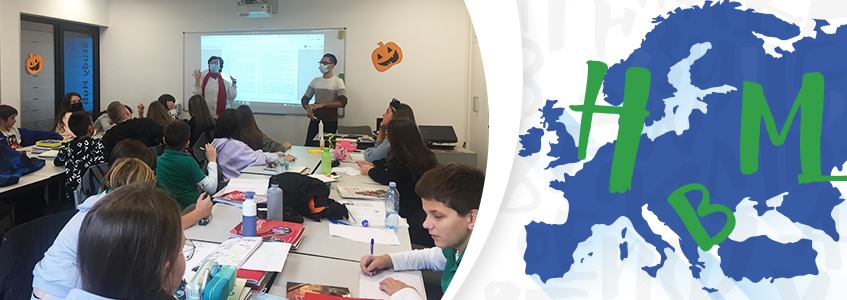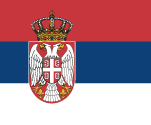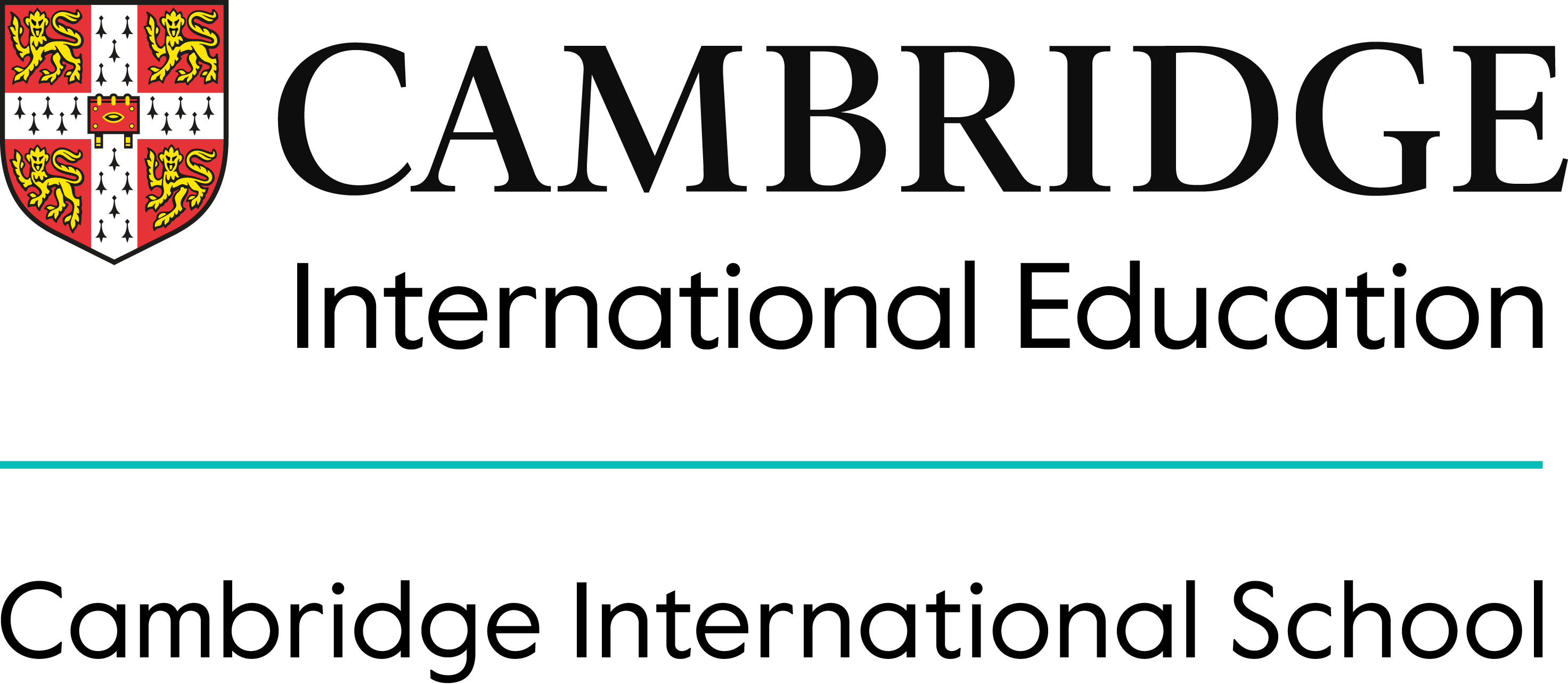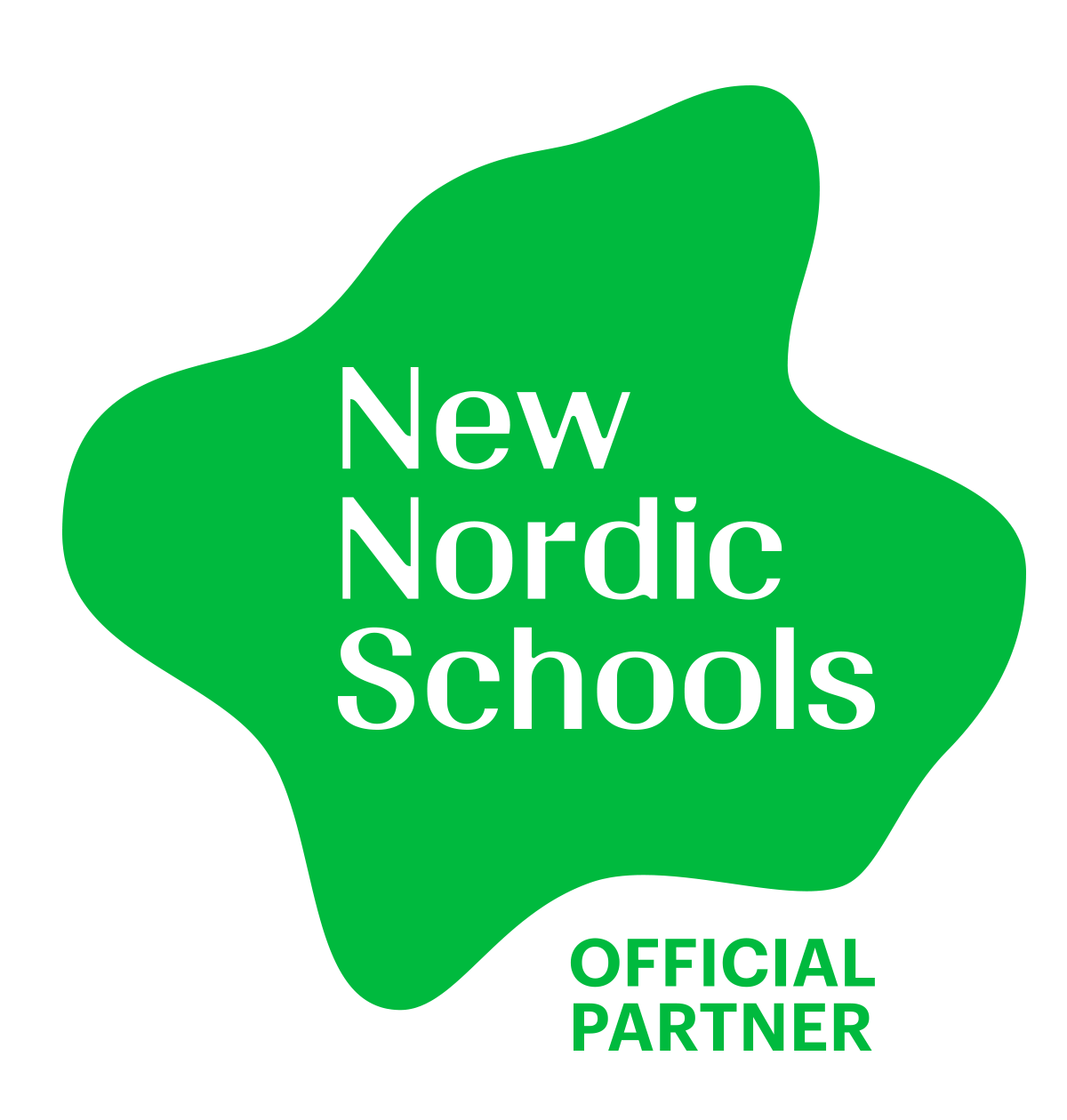
Developing critical thinking and imagination on the example of Vladimir Andrić’s Pustolov (The Adventurer)
linkadmin / / Blog, I-IV, Kombinovani, Nacionalni, V-VIII / December 2, 2021
Developing critical thinking and imagination on the example of Vladimir Andrić’s Pustolov (The Adventurer)
An explosion of knowledge, camaraderie and friendship in Savremena
A sample lecture in Serbian and Geography, and the discussion of Savremena students about the possible and the impossible in The Adventurer’s exploits proved to be great fun. Believe it or not, Serbian and Geography can be covered together. Read on to find out why Savremena students finished the lecture with applause and excitement.
Vladimir Andrić’s collection of stories, The Adventurer, was covered in a Serbian Language class as part of the required reading. Many are already familiar with the character of the Adventurer, because the book served as an inspiration for a children’s TV show, where the titular character was memorably played by Milan Gutović.
The Adventurer is an unusual daredevil who calls himself the Guardian of the Planet; his task is to care for the mountain peaks, to tame the Wild West, to scrape the volcanoes, take care of the Pirates and their hygiene (because they cannot plunder anyone if dirty and smelly), to plug the holes in the seabed, etc.
WE DEVELOP CRITICAL THINKING THROUGH A DISCUSSION ABOUT THE POSSIBLE AND THE IMPOSSIBLE
The lecture began by recapulating students’ impressions about the book, nutty Adventurer himself, and his exploits. However, students were soon joined by the Geography teacher, Marko Ostojić, who wanted to hear about the Adventurer, because he knows him well! (There is a separate story on how the Geographer and the Adventurer don’t exactly see eye to eye.) This, however, was just part of a sample lecture. Savremena students showed their interest from the get-go, because they liked that the book was covered from several angles.

The lecture turned into a discussion about the possible and the impossible in the Adventurer’s exploits. How could he hold a tsunami with nothing else but his chest (a question arose on how tall is the Adventurer), how can an avalanche be put into a sack (how big exactly is the sack in question??), and it was explained that all the mountain peaks which the Adventurer keeps on his shelf would return to their place based on the geological origin of the rocks.
Children had fun; some defended science, while others defended the Adventurer, finding an explanation for each of his preposterous adventures. The Geography teacher was trying in vain to explain that it is impossible to do what the Adventurer supposedly did in reality, while the Serbian teacher was trying to prove that the Adventurer is actually a superhero of sorts, which is exactly why he can do anything.
While everyone was having fun, students also unknowingly developed critical thinking, imagination, and the art of argumentative discussion and good sportsmanship. Teachers had the opportunity to gain insight into student knowledge of geography, literature, history, and general knowledge from their questions and answers.
The lecture ended with the conclusion that almost everything in The Adventurer defies logic and the laws of physics, but that the purpose of literature and art is contrary to science – to make us laugh, entertain, and make us think. They also concluded that we would not read The Adventurer so eagerly if the book was reduced to a list of scientific facts that students were already familiar with anyway.
The Adventurer and the Geographer reconciled, agreeing that any knowledge is great, and that science and art are equally important.
Teachers enjoyed this explosion of knowledge, camaraderie and laughter, and the biggest reward for them was a spontaneous student applause at the end of the lecture. It was a perfect indicator that the sample lecture had fulfilled its goal – to get students to have fun, and learn a lot without even noticing!




